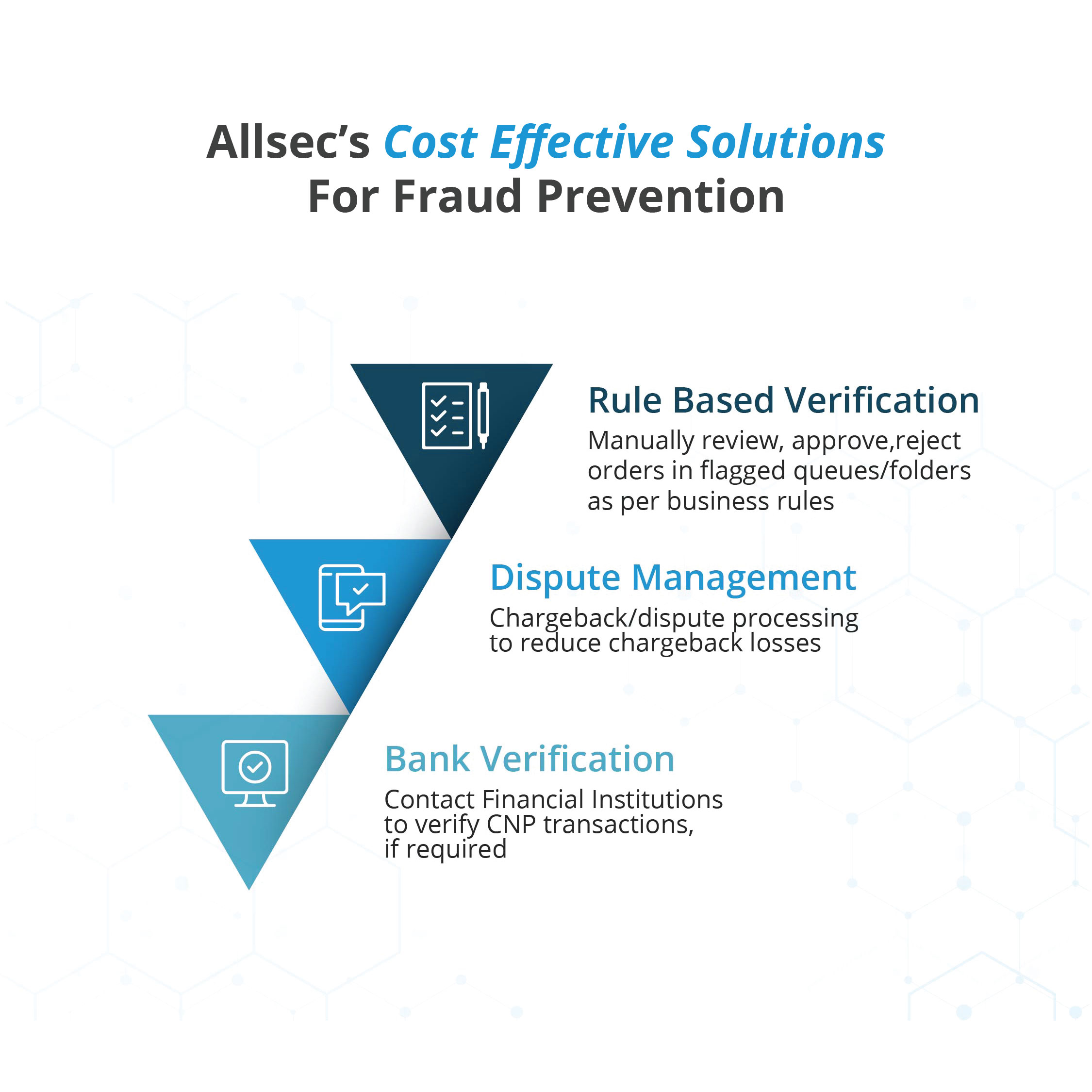
As the world has become increasingly digital, and the ease of e-commerce’s click-and-deliver model has transformed consumer behaviour, online fraud has also seen a spike in lockstep. E-commerce frauds have been increasing steadily every year since 1993, according to reports from Nilson, and fraudsters are only getting more sophisticated with every passing day.
Technology has thrown the door open to better techniques of hacking and data breaches that make payment frauds and identity theft commonplace. And that is just the tip of the iceberg.
“Friendly” chargeback frauds, where customers claim a refund even for legitimate transactions, may cost merchants more than $25 billion per annum by this year, as per Chargeback911’s research. The growth of third-party hosting websites has also given rise to triangulation frauds, where a fraudulent seller mediates between a real customer and a real online store to make purchases using stolen cards.
In short, e-commerce frauds are complex. The risk of leaving them unchecked can impact business performance, hinder growth, impact the bottom line, tarnish brand reputation and irreparably affect customer loyalty.
When the rules apply
An effective fraud management system needs a strategy that works on fraud prevention on one side while simultaneously amping up speedy detection and resolution for fraudulent transactions on the other.
Typically, dispute management is handled on a case-to-case basis involving a manual process that includes checking in with multiple parties, reviewing transaction histories and extracting data from inaccessible databases. However, a rules-based verification strategy can quickly ramp up efficiency, eliminate bottlenecks and render significant cost savings.
Although numerous technological solutions promise quicker identification of duplicitous transactions across different merchants, geographies and payment platforms, a system that is not equipped to deal with associated problems like false positives can block genuine transactions, costing companies real customers and revenue.
This puts greater pressure on finding a singular solution that can tackle all the pitfalls of piecemeal strategy and deliver maximum results.

What is a platform to do then?
While an internal fraud prevention and management team can address some of the issues, a more long-term solution would be to enlist the help of high-quality professionals to review and manage backlogs.
A good fraud management system is based on a solid understanding of how scamsters operate, is equipped with multi-layered strategies to spot suspicious activities right off the bat, and is easy to integrate and implement.
Allsec’s fraud prevention services, backed by over 12 years of e-commerce operational expertise and a team of knowledgeable professionals, can protect you against online frauds. From manually reviewing flagged transactions to authenticating at the banking level, Allsec’s 100%-services oriented model employs tools and processes that are specifically suited to the industry.
Relying on Allsec’s know-how can take some of the pressure off your team. As you focus on creating and delivering the best product to your customers, we ensure that your transactions are protected without compromising on customer experience.


